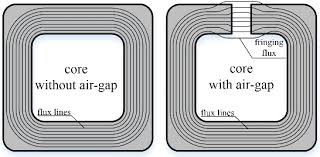I am designing an electromagnet which will be used to test magnetic sensors. So I used to formula found at hyperphysics which relates the magnetic field flux density to the number of turns, the current and the material permeability.
However after buying a 10cm length of rod of Fe55Ni45 (which has a magnetic permeability of at least 6000) the results are disappointing.
I wound 36 turns around the core and put 200 milli-Amps through the windings. However with my calibrated Gauss meter I can only see that the electromagnet is producing around 5mT. This is much lower than the expected value!
Surely if: N = 36 I = 0.2 k = 6000 L = 0.1
Then B should be 0.54 Tesla
This is below the stated saturation value of the material (1.6 Tesla).
I am starting to think that the problem is the shape of the electromagnet. It is a rod wound with wire. I am measuring the magnetic flux density at the end of the rod. Is the formula I have used for flux density at the centre of the core? If so perhaps there are some suggestions of how to generate a high but accessible magnetic flux density using the equipment I have. Does anyone have experience of such systems?
Thanks for any answers...


